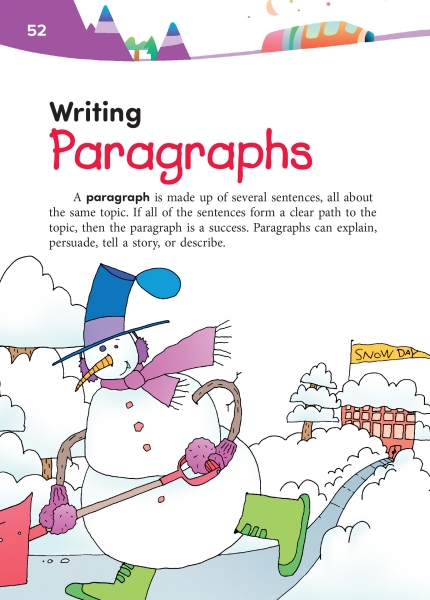Page 052 from

Start-Up Activity
Share with students a funny or interesting story from your own life. Then show them a written version of the story in the form of a paragraph. Inform them that this paragraph tells a true story. Ask them if they can find the topic and two or three interesting details. Then read the chapter introduction.
Think About It
“Write about what makes you want to write more.”
—Tamora Pierce

Start-Up Activity
Share with students a funny or interesting story from your own life. Then show them a written version of the story in the form of a paragraph. Inform them that this paragraph tells a true story. Ask them if they can find the topic and two or three interesting details. Then read the chapter introduction.
Think About It
“Write about what makes you want to write more.”
—Tamora Pierce


